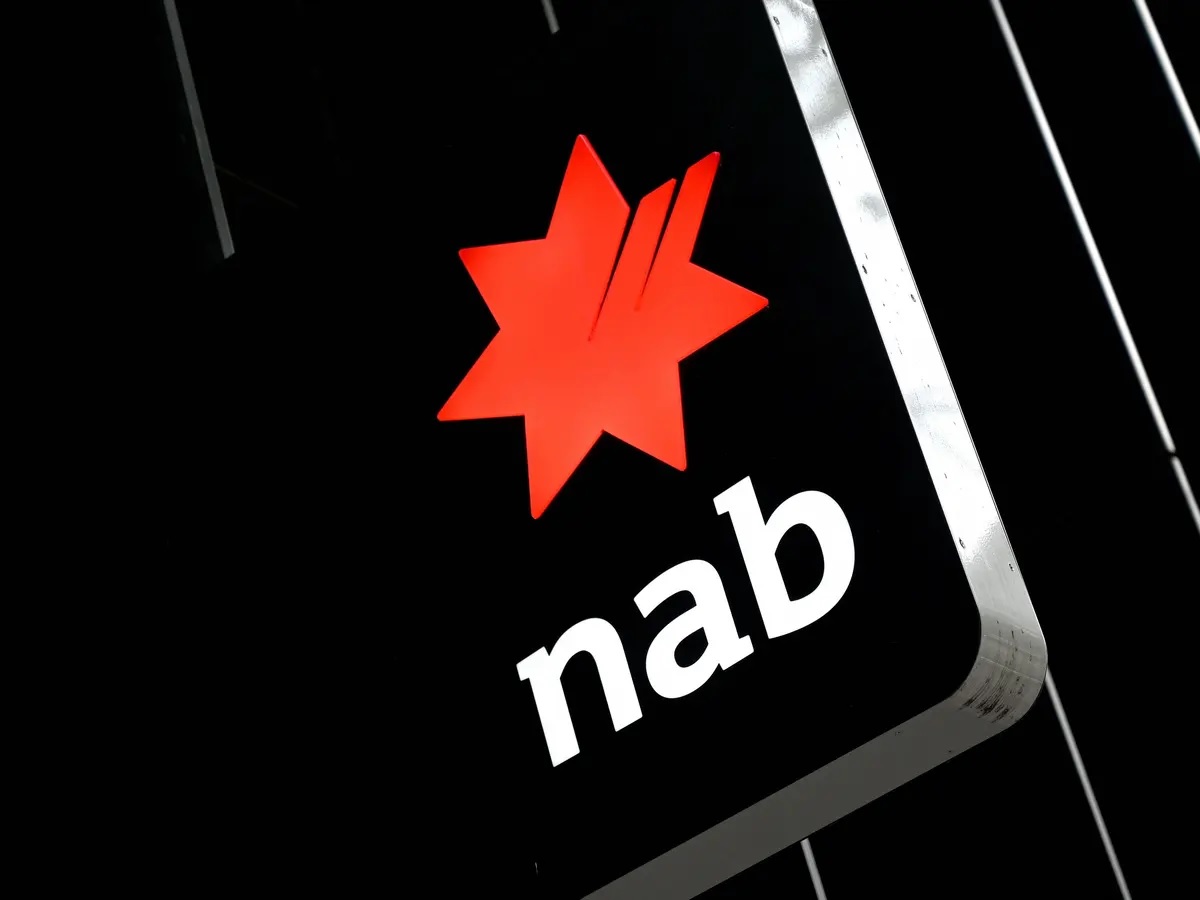Nab Dividend Dates 2023 | Nab dividend history (AU:NAB) & Nab dividend yield 💰

Understanding the Schedule and How to Maximize Your Returns
As a shareholder of National Australia Bank (NAB), it’s important to stay updated on the bank’s dividend schedule and to understand how to maximize your returns. In this article, we’ll provide you with all the information you need on NAB’s 2022 dividend dates, including when to expect payments, how to receive them, and how to get the most out of your investments.
What is NAB?
National Australia Bank is one of the four largest financial institutions in Australia in terms of market capitalisation, earnings and customers. NAB was ranked 21st-largest bank in the world measured by market capitalisation and 52nd-largest bank in the world as measured by total assets in 2019.
Nab dividend yields
National Australia Bank Dividend Yield: 4.59% for Jan. 31, 2023
Key Dates to Remember
The following are the key dates you need to keep in mind as a NAB shareholder:
- Declaration Date: NAB declares its dividends four times a year, with the declaration dates typically falling in February, May, August, and November. The exact dates may vary from year to year, so it’s important to check the NAB website for the most up-to-date information.
- Record Date: The record date is the date on which you must be a shareholder in order to receive the dividend payment. For NAB, the record date usually falls a few days after the declaration date.
- Ex-Dividend Date: The ex-dividend date is the date on which the stock begins trading without the dividend included in the price. If you purchase NAB stock after the ex-dividend date, you will not be eligible to receive the dividend payment.
- Payment Date: The payment date is the date on which the dividend is actually paid out to shareholders. For NAB, the payment date typically falls a few days after the record date.
How to Receive Your Dividends
As a NAB shareholder, you have two options for receiving your dividends:
- Direct Credit: You can choose to have your dividends directly credited to your bank account. This is the quickest and most convenient option, as you don’t have to worry about physical checks or manual deposit procedures.
- Dividend Reinvestment Plan (DRP): NAB offers a DRP, which allows you to automatically reinvest your dividends into additional NAB shares. This can be a great way to grow your investments over time, without having to make additional cash contributions.
Maximizing Your Returns
Here are a few tips for maximizing your returns as a NAB shareholder:
- Hold your stock for the long term: The stock market can be volatile in the short term, but over the long term, it tends to rise. By holding your NAB stock for the long term, you’ll be able to ride out any short-term fluctuations and capitalize on the long-term growth potential.
- Consider reinvesting your dividends: As mentioned earlier, NAB offers a DRP, which can be a great way to grow your investments over time. By reinvesting your dividends, you’ll be able to compound your returns and potentially generate higher returns in the long run.
- Diversify your investments: Diversifying your investments can help to minimize your risk and maximize your returns. Consider investing in a mix of stocks, bonds, and other assets to diversify your portfolio.
Conclusion
By understanding NAB’s 2022 dividend dates and how to receive your dividends, you’ll be better equipped to make the most of your investments. Whether you choose to receive your dividends directly or reinvest them through the DRP, the key is to stay informed and to make informed decisions. We hope this article has been helpful in achieving that goal.
The following are the NAB dividend dates for the financial year 2022:
- Interim Dividend: Tuesday, 17 May 2022
- Final Dividend: Thursday, 8 December 2022
Note that these dates are subject to change, so it’s important to stay up-to-date with any announcements from NAB.
Payment Methods
NAB offers several convenient payment options for receiving your dividends, including:
- Direct Credit to a bank account
- Dividend Reinvestment Plan (DRP)
- Dividend Payment by cheque
Dividend Reinvestment Plan (DRP)
The Dividend Reinvestment Plan (DRP) allows NAB shareholders to reinvest their dividends in additional NAB shares, instead of receiving a cash payment. This can be a great option for those looking to build their NAB shareholdings over time.
If you’re interested in participating in the DRP, you’ll need to enroll before the DRP record date, which is usually a few days before the payment date.
Taxation of Dividends
It’s important to be aware that dividends received from NAB are taxed as income. The amount of tax you’ll need to pay will depend on your individual circumstances, including your taxable income and any relevant tax offsets.
If you hold NAB shares through a tax-advantaged structure, such as a self-managed super fund (SMSF), different tax rules may apply. It’s recommended that you seek professional tax advice to ensure you understand your obligations.
Conclusion
Knowing the NAB dividend dates and payment options can help you plan and maximize your returns as a shareholder. Be sure to stay informed of any changes to the dates and consider the DRP if you’re looking to build your NAB shareholdings. And don’t forget to take into account the taxation of dividends when planning your finances.
NAB FAQ
What is NAB Dividend Reinvestment Plan -DRIP
The following settings were applied to the DRP for the 2022 Final Dividend: The last election date for the DRP was 5.00pm (AEDT) on 17 November 2022.
How much dividend will NAB pay?
Well, this next dividend will be NAB’s final one for FY2022. It is set to be a payment worth 78 cents per share, fully franked.
How do you qualify for NAB dividends?
If you wish to be eligible for the upcoming NAB dividend, you’ll need be a shareholder before its shares trade ex-dividend.
How many times a year does NAB pay dividends?
The previous National Australia Bank Limited dividend was 78c and it went ex 2 months ago and it was paid 24 days ago. There are typically 2 dividends per year (excluding specials), and the dividend cover is approximately 1.0.
